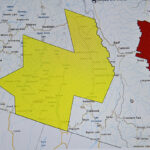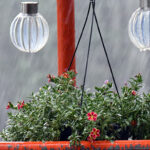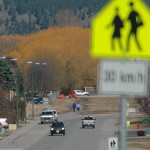Home »
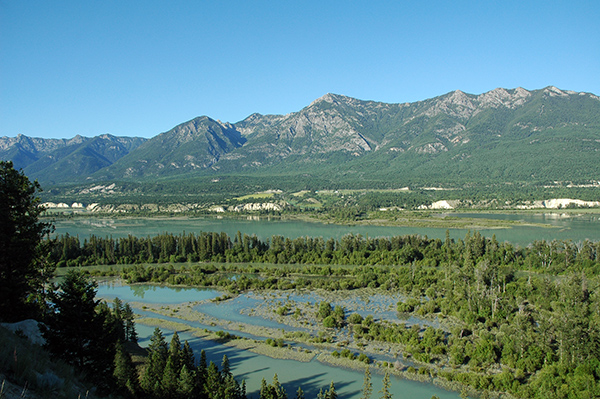
Thank a wetland on World Wetlands Day
By Linda Hannah
If you used water today to brush your teeth, cook or quench your thirst, you should probably thank a wetland!

World Wetlands Day, celebrated every February 2, is an opportunity to learn about the value and importance of wetlands to Canadians.
If you’re wondering why you should care, consider what wetlands do for us: by providing ecological services such as flood control, carbon storage and food production, wetlands play a vital role in our day-to-day lives.
Wetlands are good for your health. They play a key role in removing sediments, excess nutrients and even bacteria from drinking water. Over two-thirds of Canadians get their drinking water from lakes, rivers and reservoirs, and the quality of that water depends on the health of the watershed, including wetlands. Like giant sponges, wetlands also absorb and replenish water to buffer our communities from flood and drought risks.
Wetlands provide vital nesting and feeding grounds for waterfowl, they create nursery habitat for fishes and are one of Canada’s most diverse ecosystems. At least half of our wildlife species rely on wetlands for at least part of their lifecycle.
Canada is home to 25% of world’s wetlands – more than any other country. However, our wetlands are disappearing due to infrastructure development such as roads and cities or drainage for agricultural production. This loss of wetlands is especially high in southern Canada.
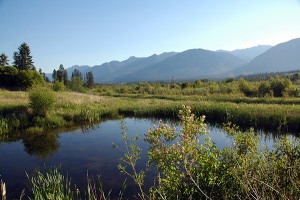 Since 1962, the Nature Conservancy of Canada has protected and restored over 59,000 hectares of wetlands across the country for the benefit of wildlife and people.
Since 1962, the Nature Conservancy of Canada has protected and restored over 59,000 hectares of wetlands across the country for the benefit of wildlife and people.
In our conservation work, we identify and map Canada’s most important wetlands for nature and people. We then work with private landowners, communities, governments, Habitat Joint Venture partners, the U.S. Fish and Wildlife Service and other organizations to conserve important habitats — including wetlands, floodplains and shores.
Wetlands are among the most important habitats the Nature Conservancy of Canada is working to conserve. We also restore wetlands that have been degraded in order to rehabilitate these natural spaces for migratory birds, amphibians, fishes and other wildlife.
In addition to their importance for nature, many of the Nature Conservancy of Canada’s wetland areas provide recreational opportunities such as walking, hiking, fishing, wildlife viewing and non-motorized boating, along with educational opportunities for people of all ages to learn and explore.
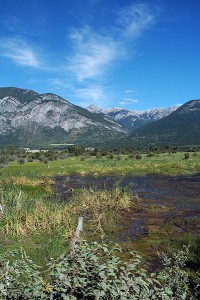
Here are just a few areas where the Nature Conservancy of Canada is actively conserving wetlands in British Columbia:
In the Elk Valley near Fernie, we are initiating a project to transform a gravel pit into a functioning wetland. This new wetland will create much needed habitat for amphibians, migratory birds and other wildlife, in an area along the Elk River that has seen significant wetland loss due to development.
On Vancouver Island near Duncan, we have been working with the BC Wildlife Federation and other partners to restore 37 hectares of Quamichan Lake wetlands, including wetland areas on NCC’s Cowichan Garry Oak Preserve. The wetlands had been destroyed years ago to support agriculture, but recovering them now will benefit rare species, increase biodiversity, improve water quality and fish habitat and reduce erosion.
As the world grapples with the impacts of a changing climate, Canada is well positioned to make a difference on a global scale by protecting our wetlands. Wetlands trap and store carbon, and help local communities adapt to the harmful effects of climate change by protecting us from storm surges, drought and flooding.
Help us conserve wetlands by supporting our work. Visit www.natureconservancy.ca to learn more about how you can volunteer, contribute to our projects and make a difference in the well-being of our country’s people and wildlife.
Lead image: The Columbia River Wetlands north of Radium Hot Springs. Ian Cobb/e-KNOW images
– Linda Hannah is the British Columbia Regional Vice President, Nature Conservancy of Canada



